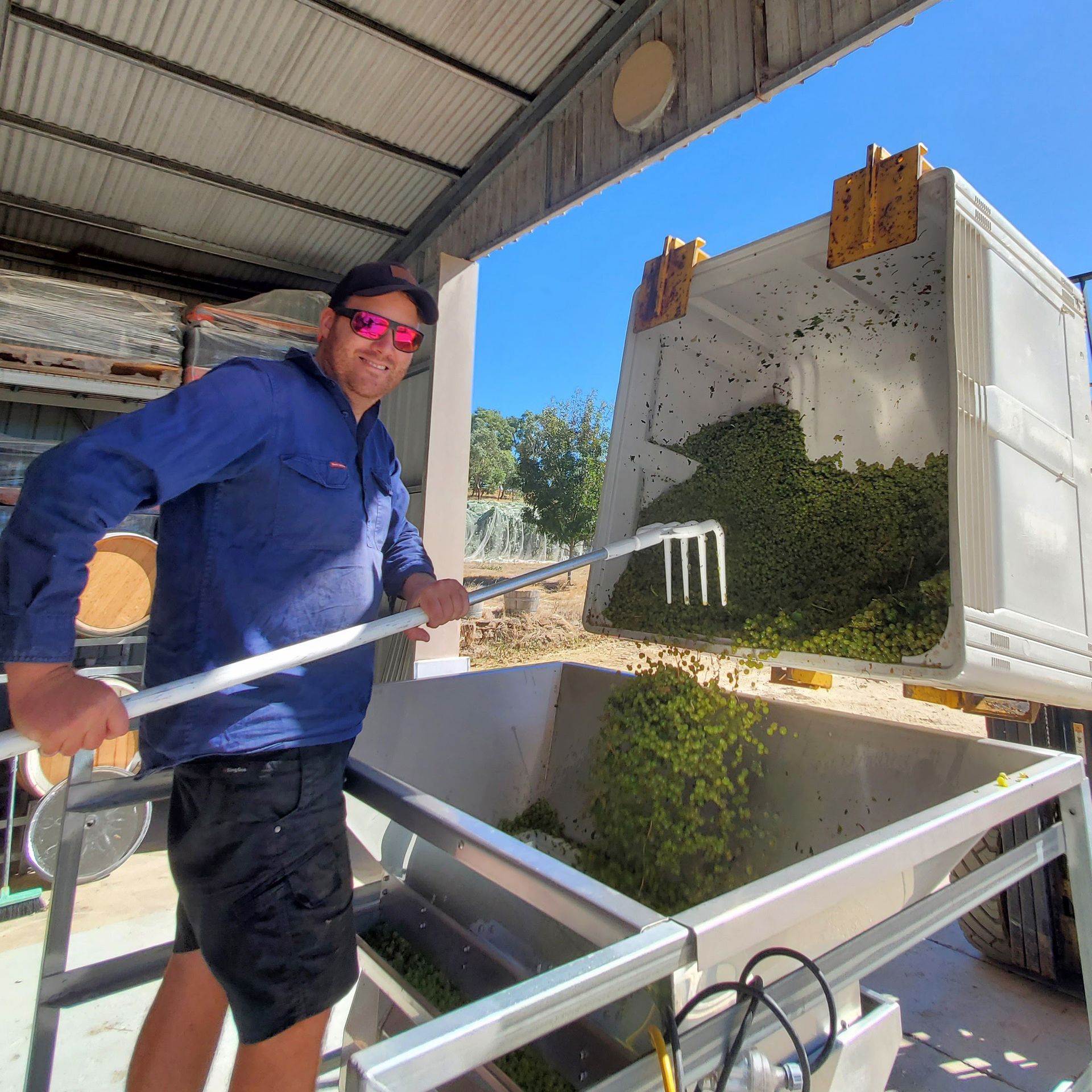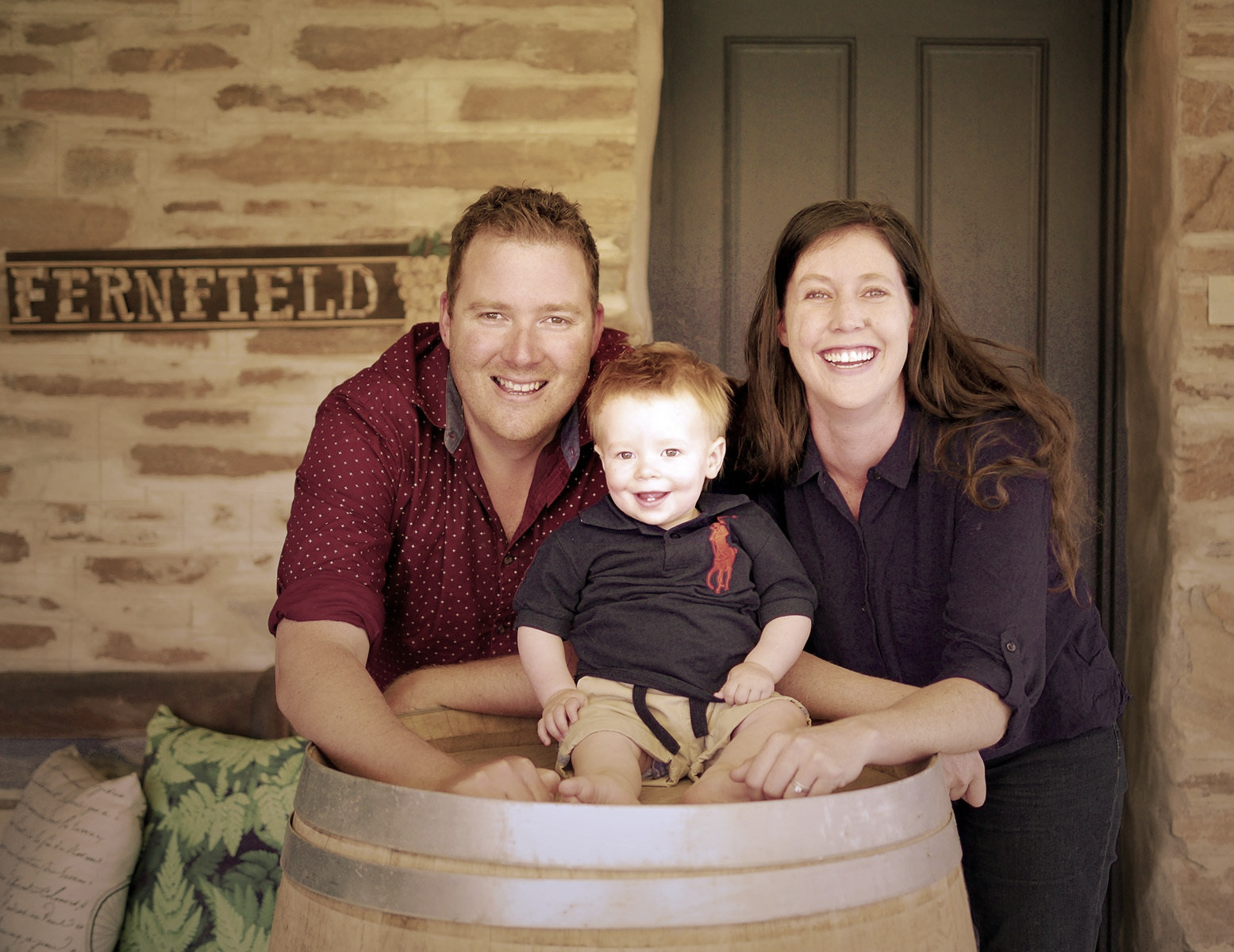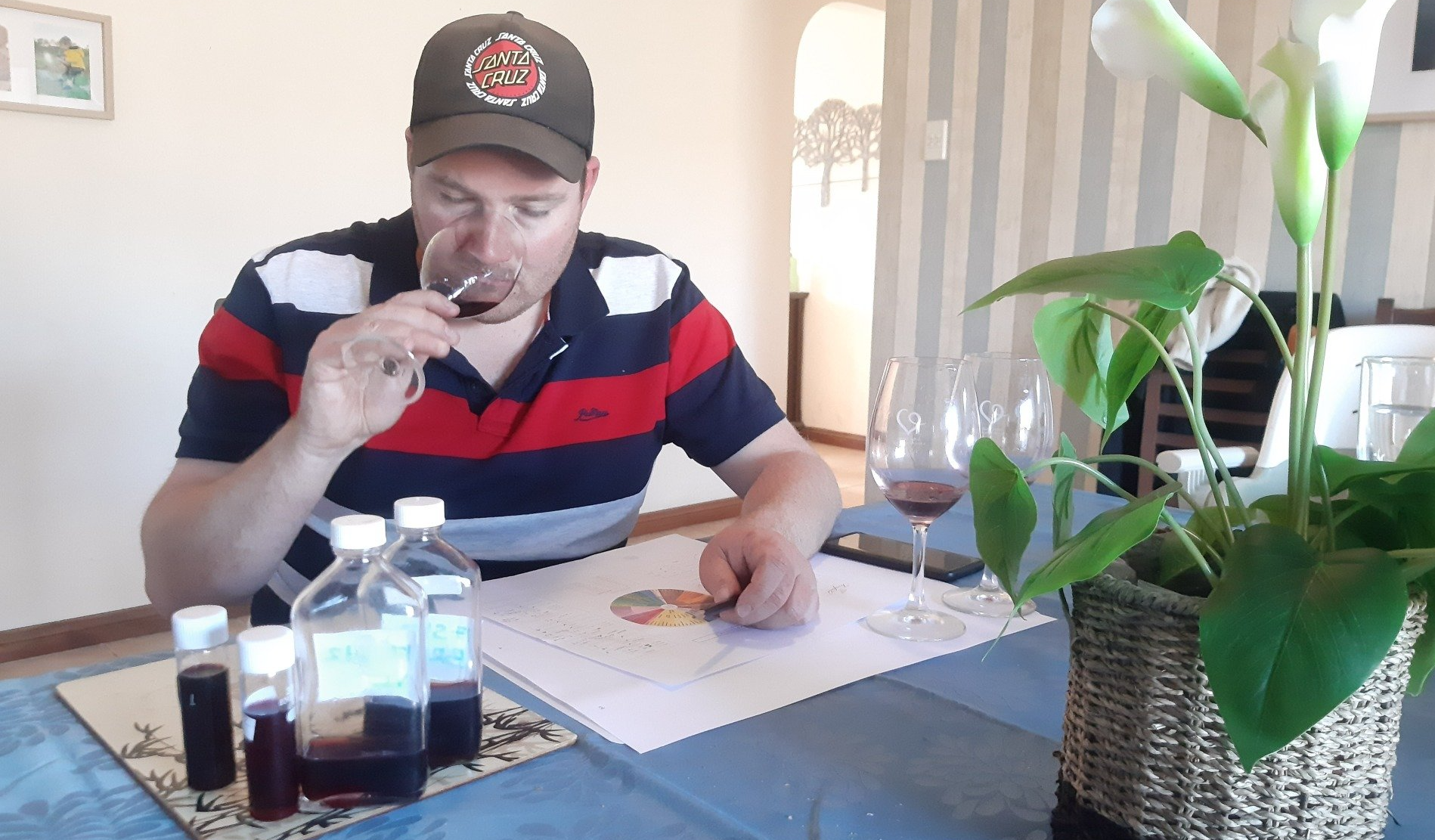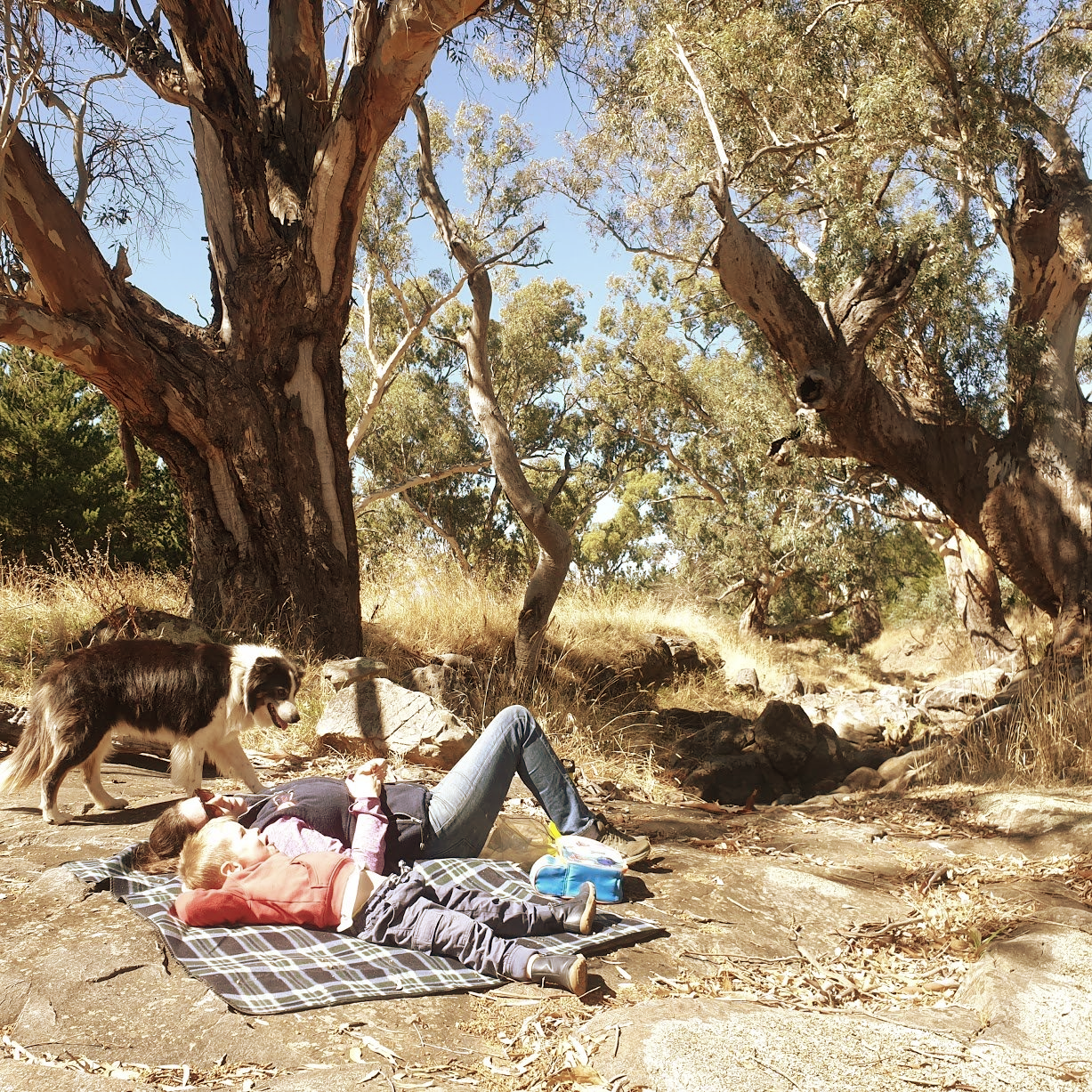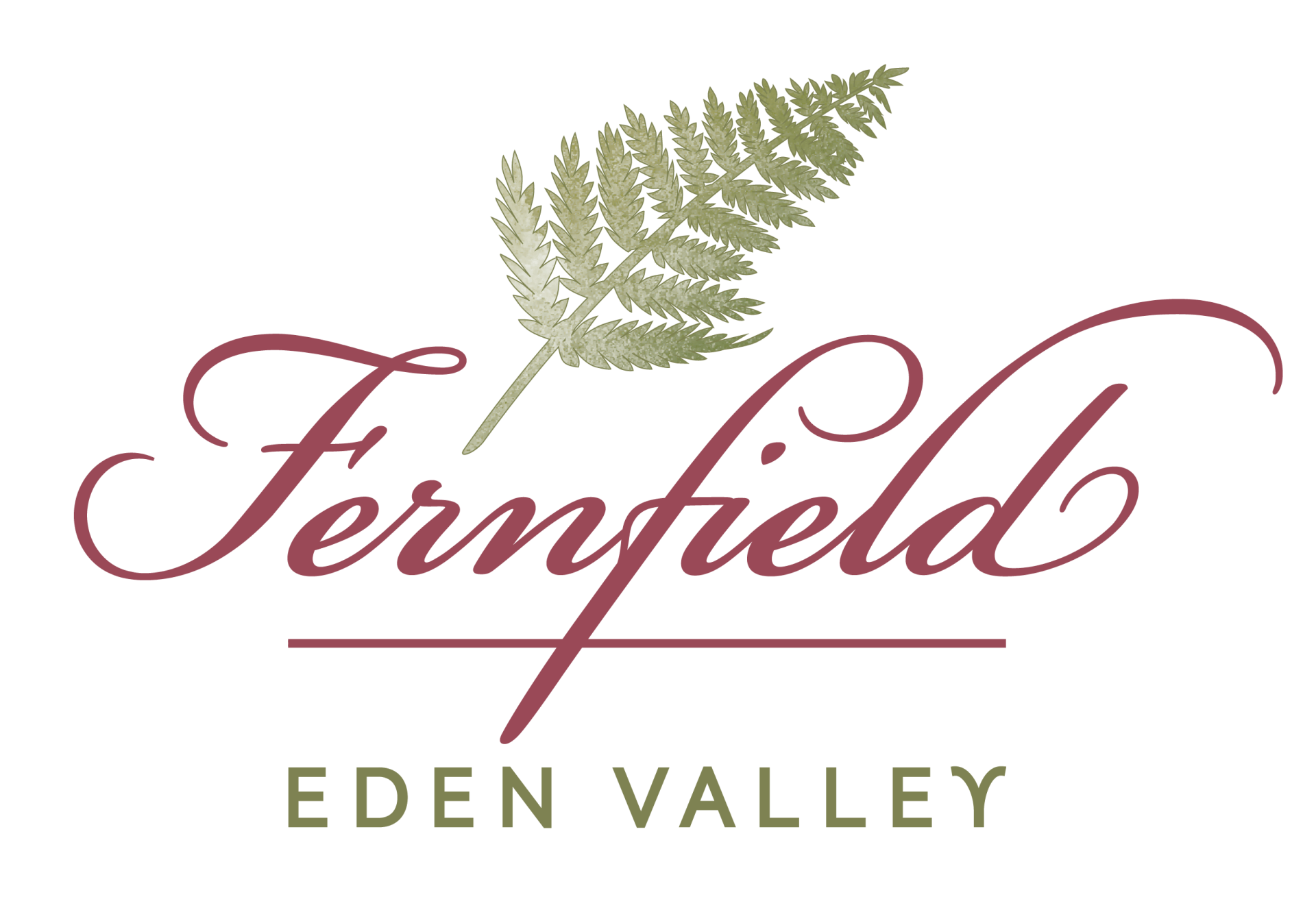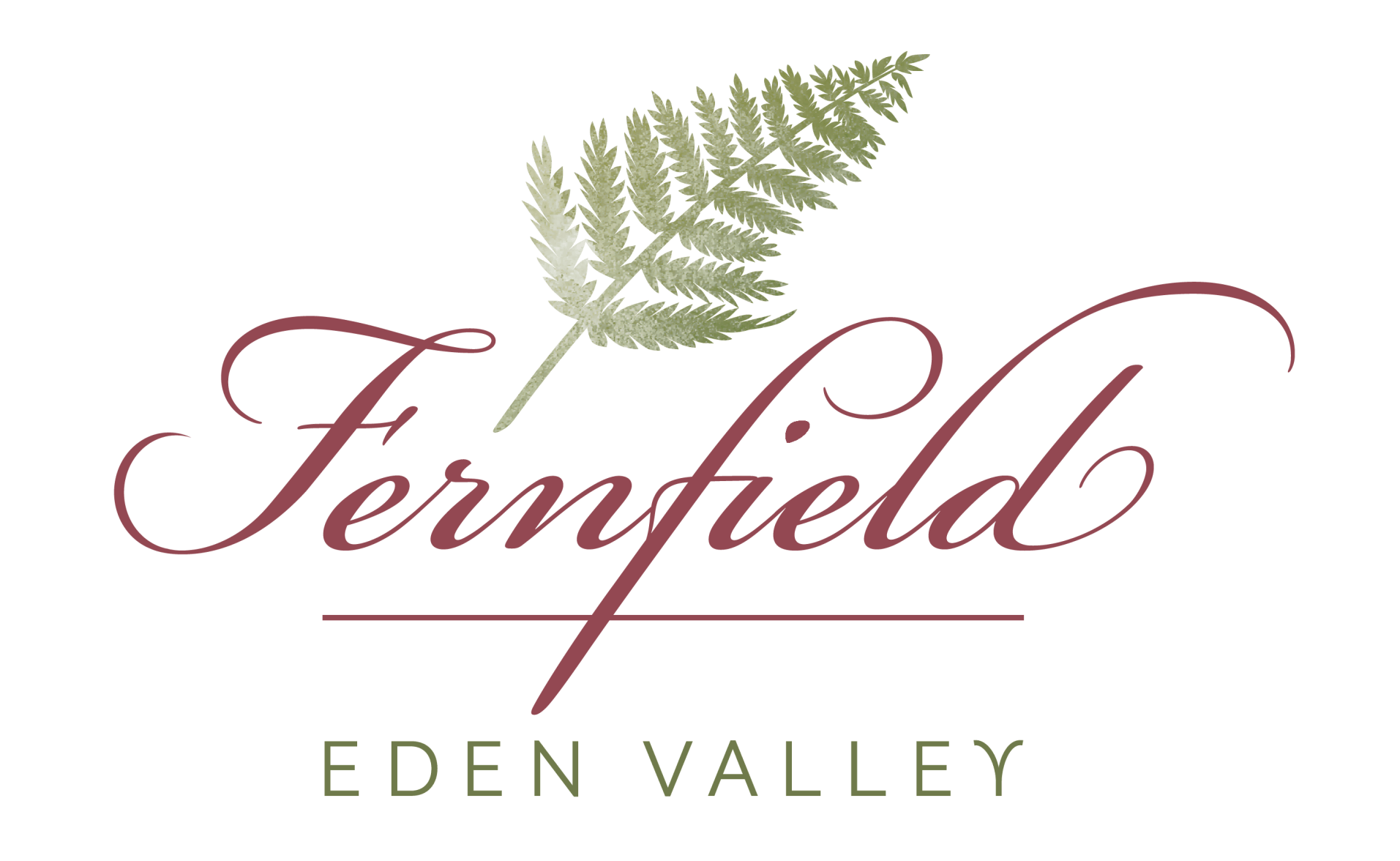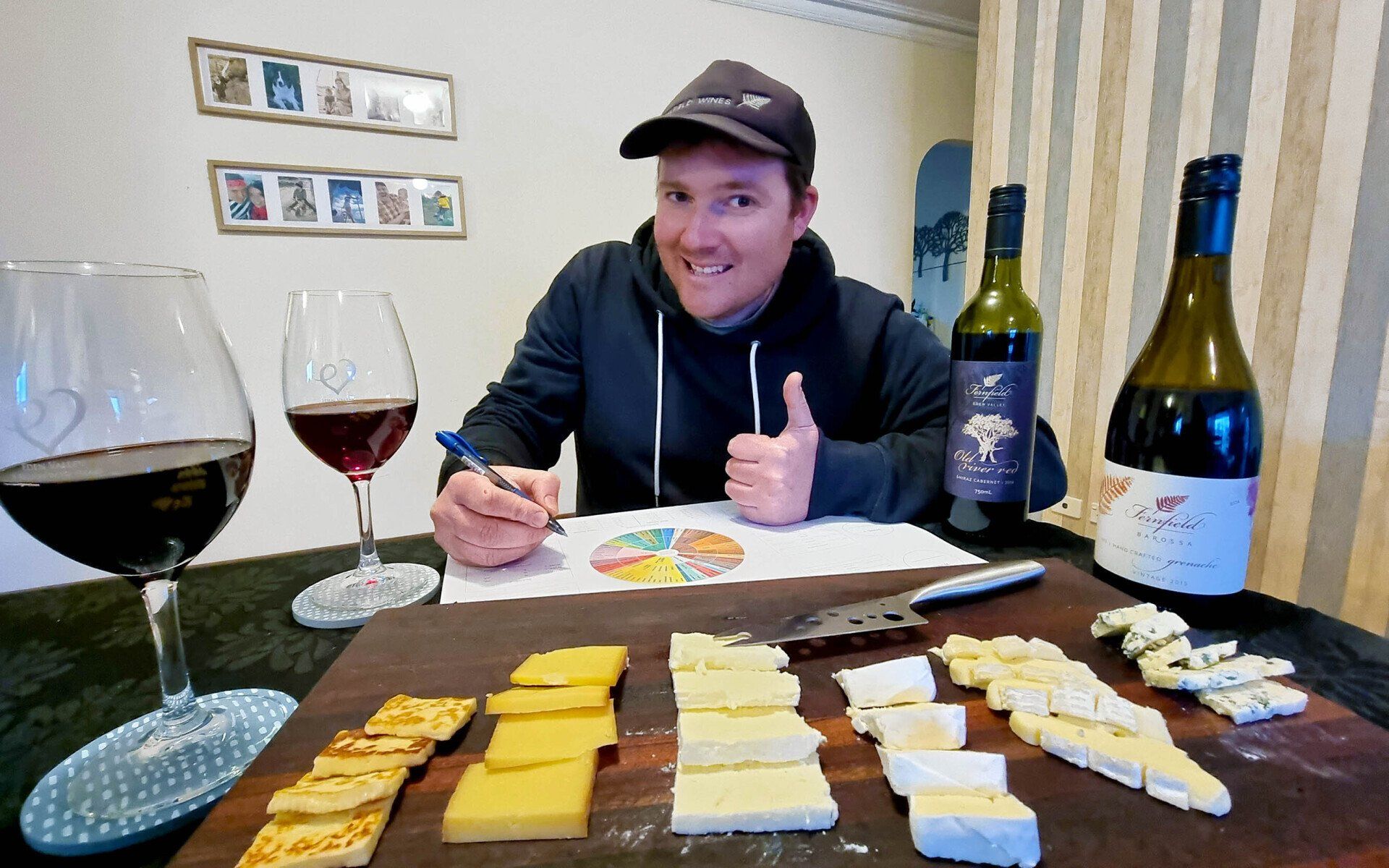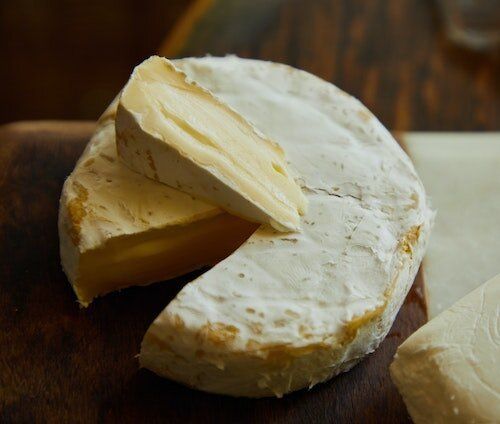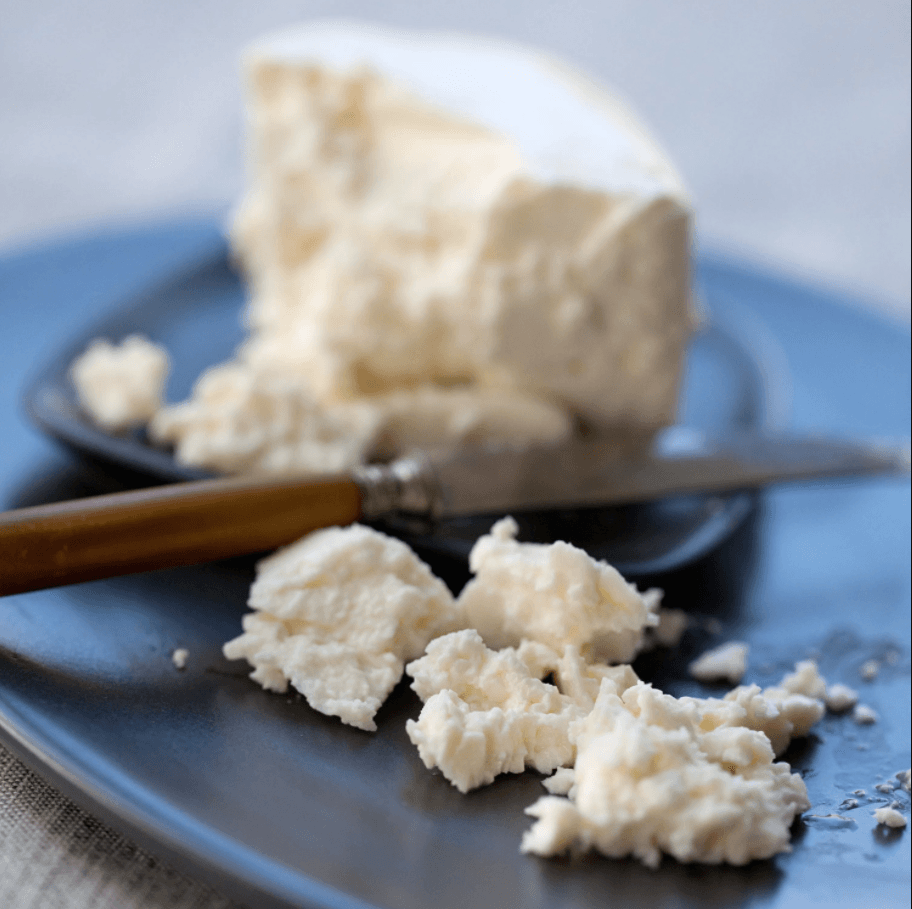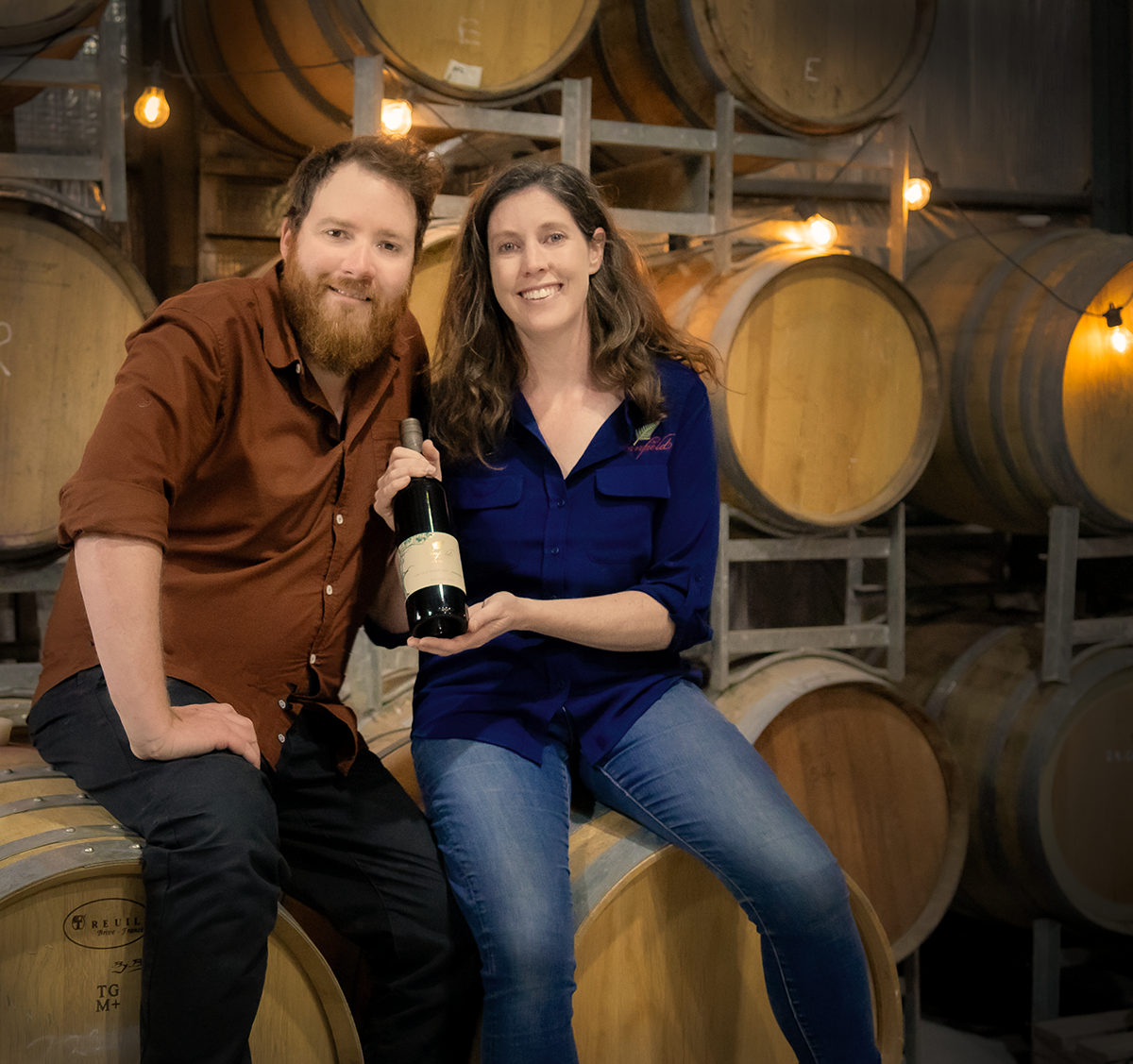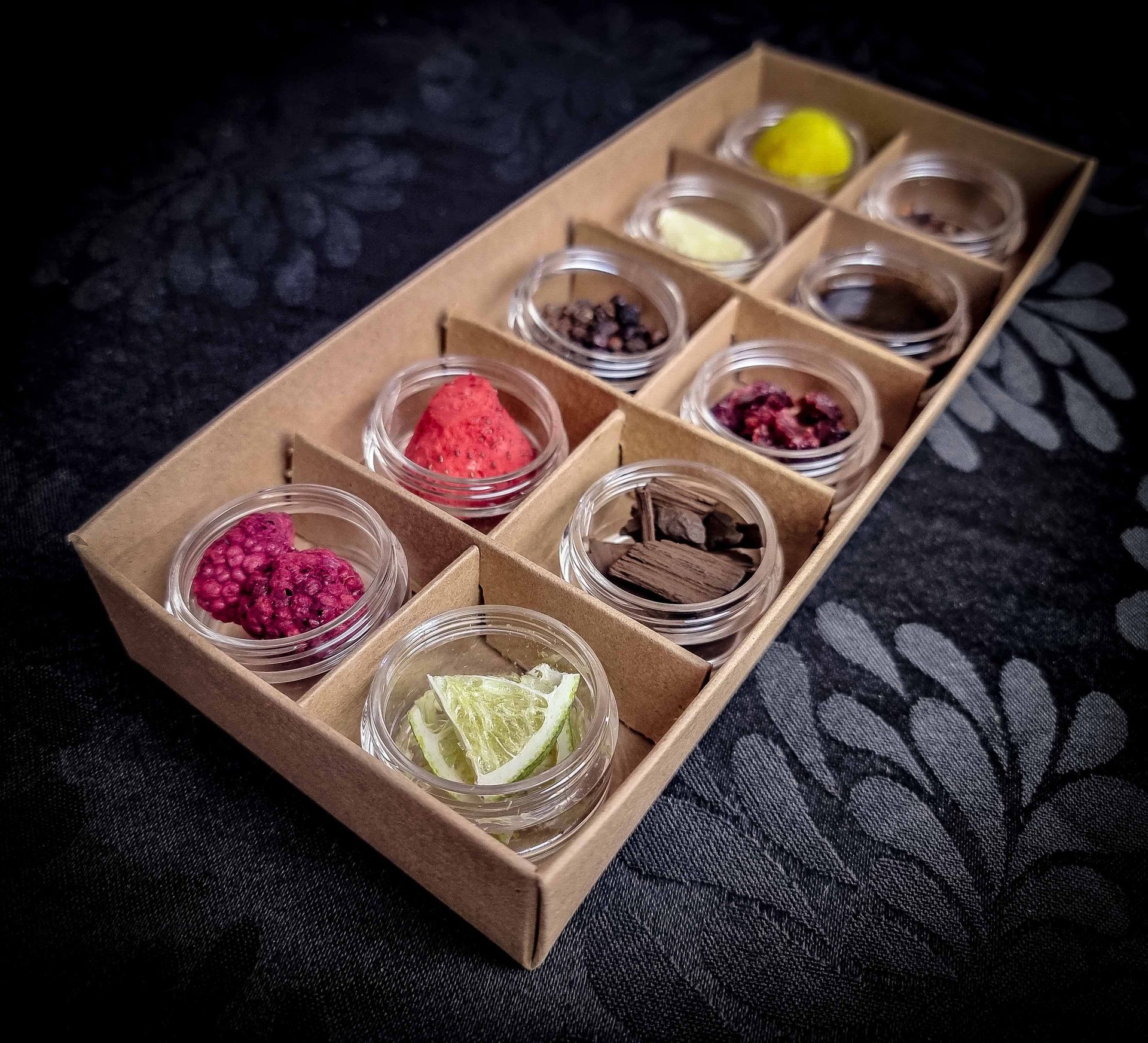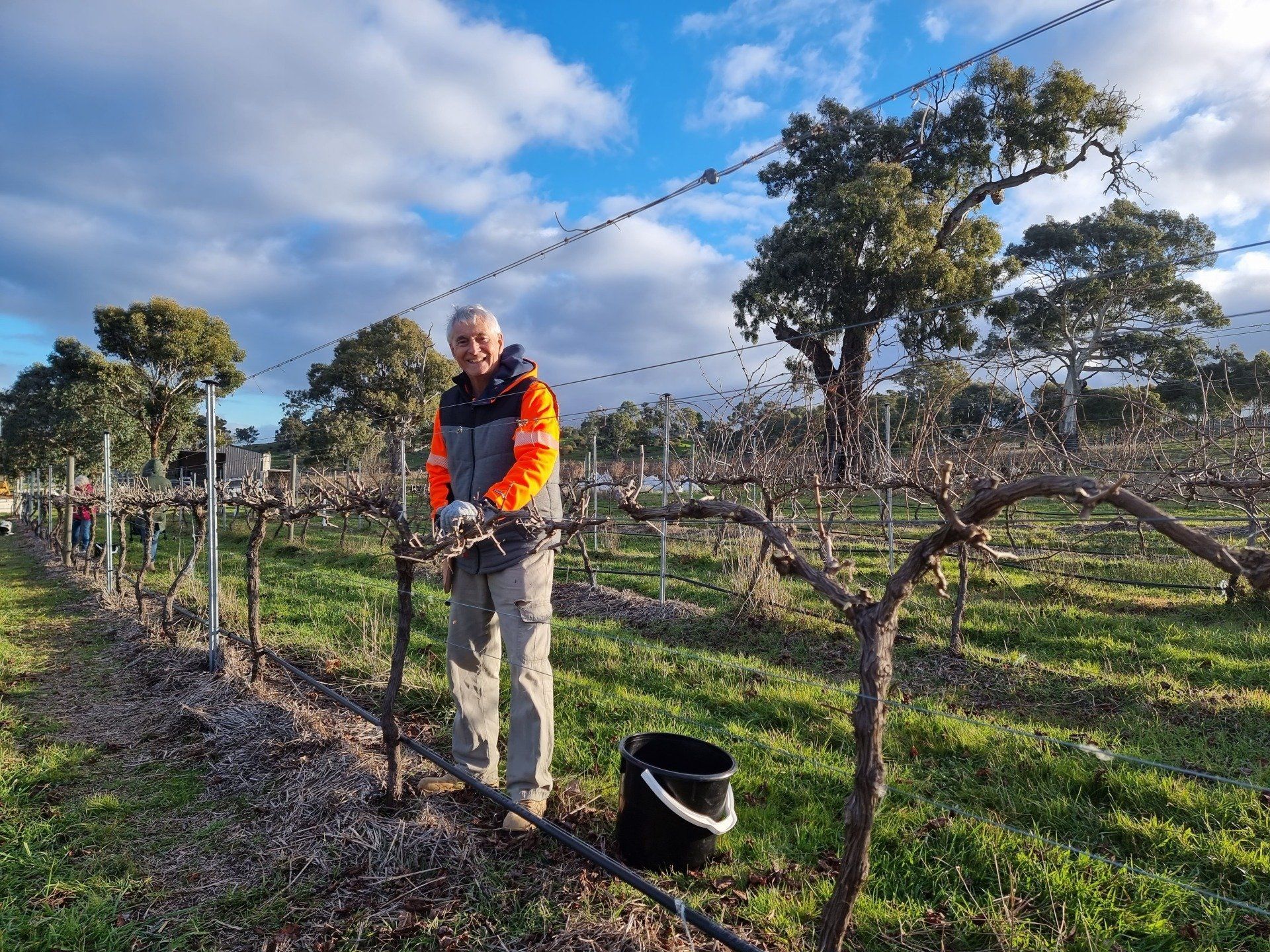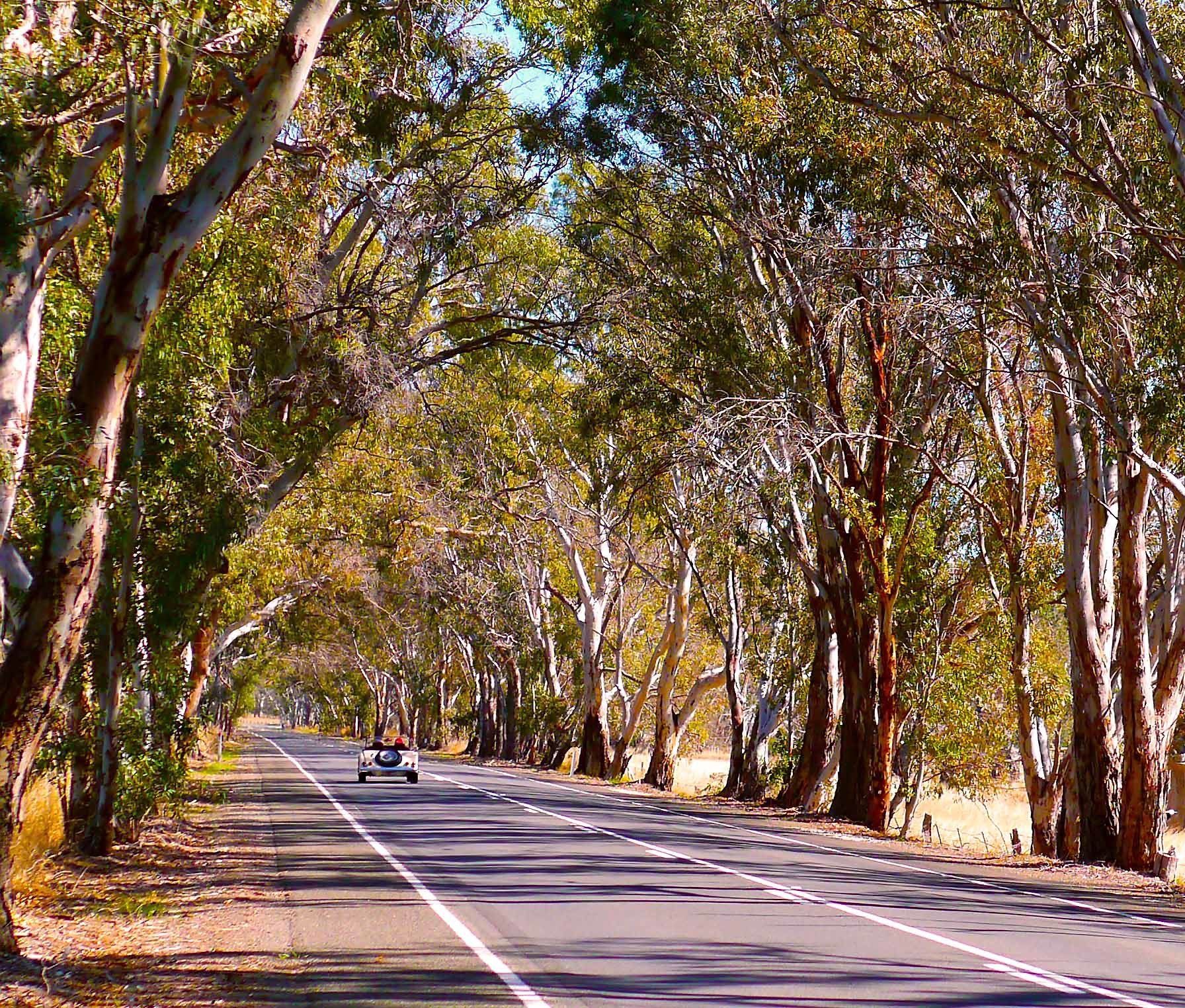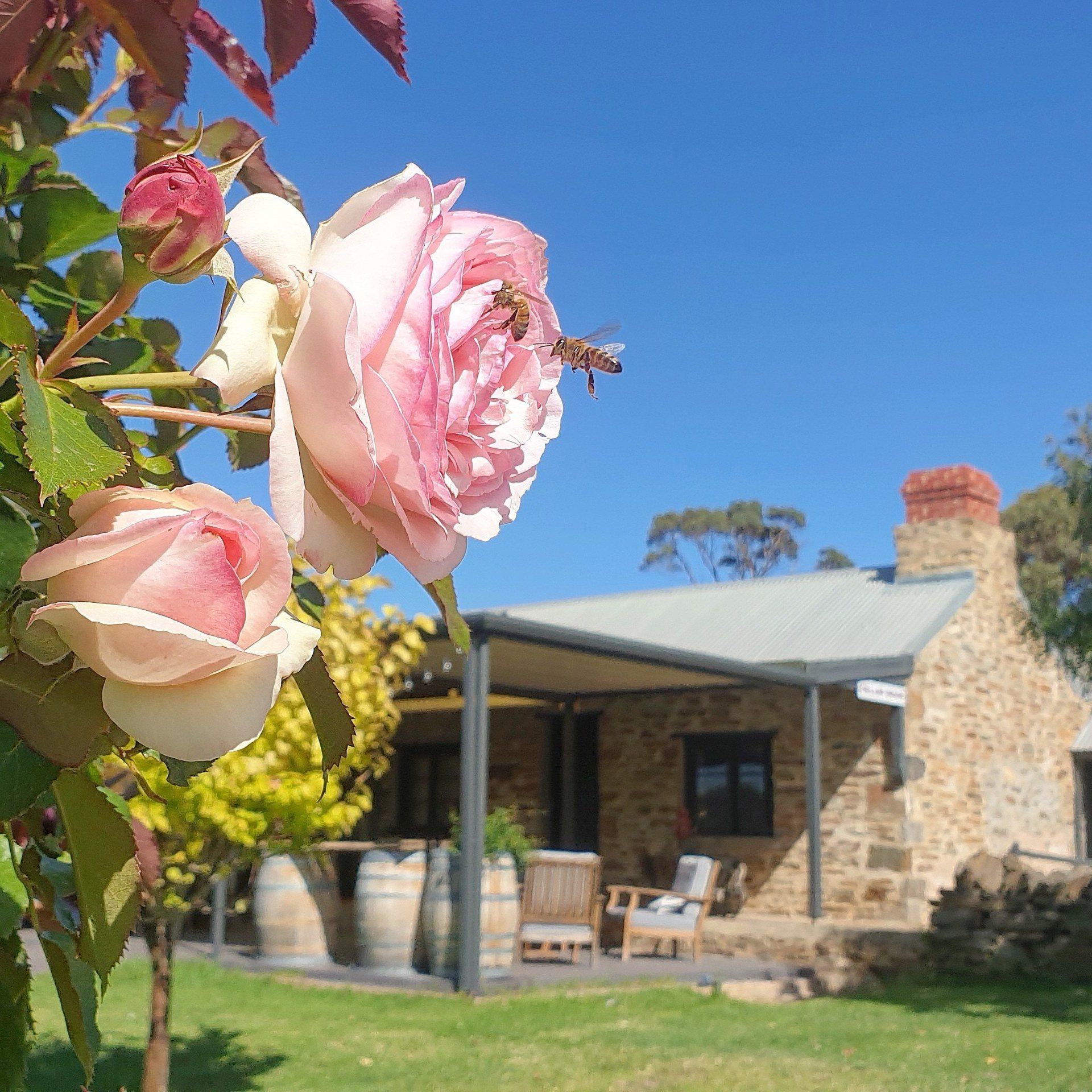Perhaps the 10,000th wine & cheese pairing guide, but certainly the best one
We love a good wine pairing, whether it's something we develop or if we sit back and experience someone else's handiwork, we find that it can really elevate a wine experience to something special.
So it’s not really surprising that with the quality of local cheese and our passion for pairing that our upcoming Experience Eden package features the classic pairing of wine and cheese.
We’re lucky in the Barossa to have such a well-loved and award winning cheesery* as Barossa Valley Cheese Company, so we didn’t have to look far to find a wide range of yummy cheeses. We read just about every wine & cheese pairing guide on the web, along with some actual scientific papers, then bought a range of cheeses and did the hard yards tasting them together.
As you’ll read below, and in common with all pairing principles, there isn’t a hard and fast set of rules to obtain a perfect cheese & wine pairing. And even if there were, each manufacturer’s cheese, and each winery’s wine are all different, so we went into our tasting with open eyes – and by gosh we’re glad we did, because Bec’s nerdy table saying which wines should end up with which cheeses didn't always hit the spot. Our final pairs are quite different to what we expected based on theory, but the logic holds up and our hired help taste testers promise they are wonderful together.
*not technically a word…
The art of balance
One key principle in pairing any food with wine is balance. Sometime balance means matching, sometimes it means opposing, depending on what you’re working with.
For example – the more obvious one is that you wouldn’t paid a huge, bold Shiraz with a light, delicate meal, because one overpowers the other getting the taste of only one rather complimentary flavours. Additionally to avoid a sweet overload you wouldn’t pair a sweet dessert wine with a rich, sweet dessert – because they’re both too sweet, it’s out of balance. To get balance, we need to balance both matching and opposing elements, if we want the pairing to be better than the individual parts (which we do).
The factors we’re working with here are tannin/fat balance, intensity, texture, flavours and acidity. The best pairing will generally come from matching at least one factor, while opposing at least one other.
Tannin / fat
Research has shown that balancing tannin & fat is one of the key reasons wine and cheese work so well together. You can read one of the research papers here, but in short, fat and tannin effectively neutralise one another in the mouth, so the fat in cheese reduces the bitterness of wine, while the tannin in wine reduces the greasiness of cheese.
For this factor, the more tannin in the wine, the fattier the cheese needed to pair.
Our higher tannin wine in our pairing is the 2015 His Grenache, and not surprisingly, this paired wonderfully with one of the highr fat cheeses, the Alexandrina Vintage Cheddar. The other high-fat cheese, the Barossa Triple Cream, ended up as the pair for our second bold red, the 2014 Shiraz-Cabernet.
Intensity
This is a factor that is usually matched, rather than opposed, and our selected pairings are no exception. Generally, if one half of the pairing has much higher intensity than the other, it will overpower and make the other half taste bland.
Red wines are in danger of overpowering a lot of the more delicate, younger cheeses. We certainly saw this in our pairings – none of the curds, ricotta, feta type cheeses could hold their own against any of our red wines, and both of the cheeses we ended up pairing with reds are fairly intense.
Conversely, strong cheeses (I’m looking at you, Blue) overpower a lot of wines. In fact, none of our wines’ intensity matched blue, and the only wine we liked as a blue pairing was one that would have broken the rule of matching intensity – our dessert wine*.
*Even though we liked the pairing, the Feta pairing was even better, so blue didn’t make the cut.
Texture
This is an area we can match or contrast for sound pairings. The oozy Barossa Washrind pairs well with our softest wine, our 2020 All Peachy Rose. Both have a delicate, creamy texture, both with underlying intensity which, as per above, is also well-matched.
Conversely, the creamy texture of the Triple Cream was quite a contrast to our big, bold Shiraz-Cabernet, but they balance one another perfectly, because they’re balanced in tannin/fat and they’re both strong in intensity.
Flavour
The flavours we focus on for cheese & wine pairings are mostly sweetness and saltiness. In general, this a matter of opposing and balancing out flavours – a salty cheese cuts through a sweet wine, creating a balanced taste. This is shown in the pairing of our 2016 Late Harvest Semillon dessert wine with the salty Barossa Feta.
Saltiness can also highlight fruit flavours in a wine, which is one reason our His Grenache works so well with the Alexandrina Vintage Cheddar – the cheddar highlights the fruit characters in the Grenache.
Acidity
Unlike saltiness, acidity seems to work better when matched. There’s little research on this, but my expectation is that it’s because wine has a very narrow range of ideal acidities – too much acid and it’s unpleasantly sharp, too little acid and it’s unpleasantly bland. If you try to use an acid-opposed cheese to change the taste of a wine, it will move the wine into ‘unpleasant’ territory. Feta is one of the most acidic cheeses, so works well with our acidic 2016 Late Harvest Semillon dessert wine.
The Result
So our final selected pairings were:
- 2020 all Peachy Rose, with Barossa Valley Cheese Company's Washrind cheese
- 2015 His Grenache with Alexandrina Vintage Cheddar
- 2014 Old River Red Shiraz-Cabernet with Barossa Valley Cheese Company's Triple Cream
- 2016 Late Harvest Semillon paired with Barossa Valley Cheese Company's Feta
You can try these for yourself in our Spring Experience Eden package, orders close Friday 10 September unless sold out prior*.
*This is a genuine likelihood, not sales-spin. We only have limited bottles left of the 2020 All Peachy Rose, which we’ve been holding aside for this package. After the subscribers who already have dibs on most of the remaining bottles, we only have a few packages left until we sell out.
